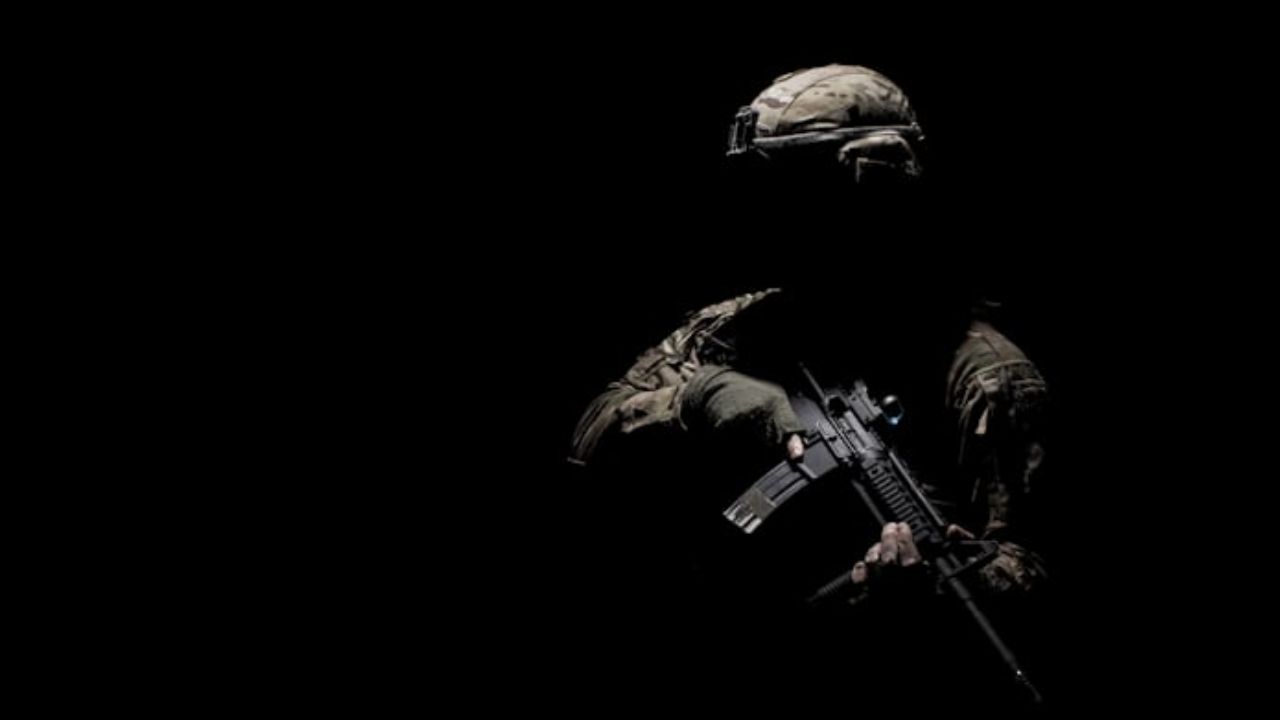By Darcy Romaine
With kids now going back to school, it is worth discussing one of the main concerns parents have when another person is in charge of watching their child: who is responsible if there is an accident and your child gets hurt? If your child is injured at school, can you hold the school, amongst other parties, responsible?
For the purposes of this blog, we will restrict the analysis to the liability of schools alone. It should be noted that all parties involved in an accident that results in injury could have liability to the injured party.
Steps to Take After Your Child Has Been Injured
Step 1: Document the Injury
In addition to obtaining an incident report from the school, it’s essential to keep your own records. Take photos of your child’s injuries, gather medical records, and write down your child’s account of the incident. All of this information will be valuable if you decide to take further action.
Step 2: Communicate with the School
After an injury, you’ll want to communicate with the school to understand how they intend to address the situation. Schedule a meeting with the principal or relevant school staff to discuss the incident and inquire about the safety measures they have in place. During the meeting, consider asking the following questions:
- What is the school’s policy on student supervision?
- What steps are being taken to prevent similar accidents in the future?
- Will the school cover any expenses related to the injury, such as medical bills?
Taking a proactive approach and discussing the situation with the school administration can help you gather more information and potentially resolve the matter.
Step 3: Keep a Record of All Communication
Documenting your interactions with the school is crucial. Keep a record of any emails, phone calls, and in-person meetings regarding the incident. This documentation will be useful if you decide to pursue a claim or need to provide a detailed account of the situation to legal counsel.
Step 4: Contact Your Insurance Provider
In some cases, your child’s injuries may be covered by your health insurance policy. Contact your provider to discuss the coverage available for medical treatments, therapy, or any necessary rehabilitation. If the injury occurred during a school-related activity, such as a sports event, there may also be insurance coverage through the school’s policy.
Does School Staff have a Duty to Provide Constant Supervision During Recess?
The standard of care dictated by Canadian Courts states that supervisory teachers on recess duty do not have to have an eye on all children at all times. Specifically, as discussed in Hentze (Guardian of) v. School District No. 72, 1994 CanLII 173 (BC CA), the standard of care will “depend upon many factors, including the nature and size of the area to be supervised, the number and ages of the students involved, and the nature of the activity or activities that are in progress.”
What if your Child is Injured at Recess?
The Supreme Court of British Columbia heard a case in 2013 involving a child injured at recess where the parents sued the school , the child responsible for the injury and that child’s parent. The school board and another child involved in the incident along with her parents were added as third parties to the lawsuit as well. In Gu v. Friesen, 2013 BCSC 607, an 11 year old child was injured while she was giving her friend a piggyback ride when one of their classmates came along and pushed them over. The girl providing the ride fractured her elbow and her parents sued the school in particular for failing to provide adequate supervision during the recess break.
Considering Legal Action: When to Sue the School
If you believe the school was negligent in preventing your child’s injury, you may have grounds to file a lawsuit. Here’s what to consider when deciding whether to pursue legal action:
Understanding Negligence
To establish negligence, you’ll need to prove the following elements:
- Duty of Care: The school owed a duty of care to your child.
- Breach of Duty: The school breached its duty by failing to provide adequate supervision, maintain safe facilities, or follow safety protocols.
- Causation: The breach of duty directly caused your child’s injury.
- Damages: Your child suffered physical, emotional, or financial harm as a result of the injury.
If these elements can be established, you may have a valid case for negligence.
Statute of Limitations
In Ontario, the statute of limitations for personal injury claims is generally two years from the date of the injury. However, for minors, the two-year period may not begin until the child turns 18. Despite this extended timeframe, it’s best to consult with a legal professional as soon as possible to ensure you meet all deadlines and procedural requirements.
Working with a Child Injury Lawyer
Navigating a legal case can be challenging, especially when dealing with a school or school board. A child injury lawyer with experience in child injury cases can provide guidance on your options, help you gather evidence, and represent your family in negotiations or court proceedings. Our child injury lawyers offer free initial consultations, which can help you determine if you have a case worth pursuing.
Potential Compensation for Your Child’s Injuries
If you successfully sue the school or school board for your child’s injury, you may be entitled to various forms of compensation, including:
- Medical Expenses: Reimbursement for medical treatments, medications, physical therapy, and any future medical costs related to the injury.
- Pain and Suffering: Compensation for your child’s physical pain and emotional distress resulting from the injury.
- Out-of-Pocket Expenses: Coverage for additional costs, such as transportation to medical appointments or assistive devices.
- Loss of Future Earnings: In cases where the injury has a long-term impact on your child’s ability to work in the future, you may be able to recover compensation for lost earning potential.
Child Injury Lawyer
Accidents involving children must be handled delicately and patiently. The injury and hospital visits are traumatizing on their own, and the child should be protected as much as possible from the effects of a lawsuit. Competing with the desire to insulate the child from the lawsuit is the need to provide as much treatment as possible to minimize the effect of the injury and to monitor the child through adolescence and all developmental milestones.





































